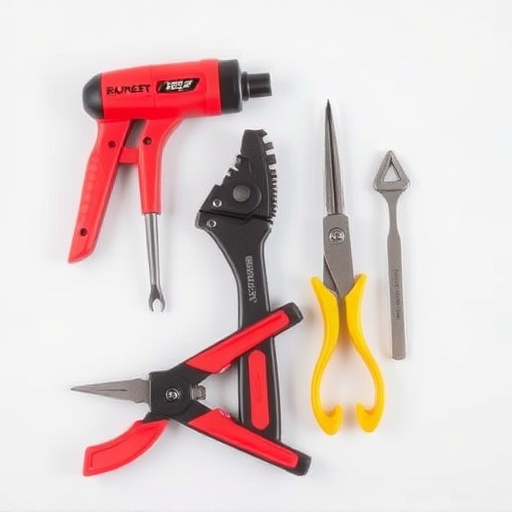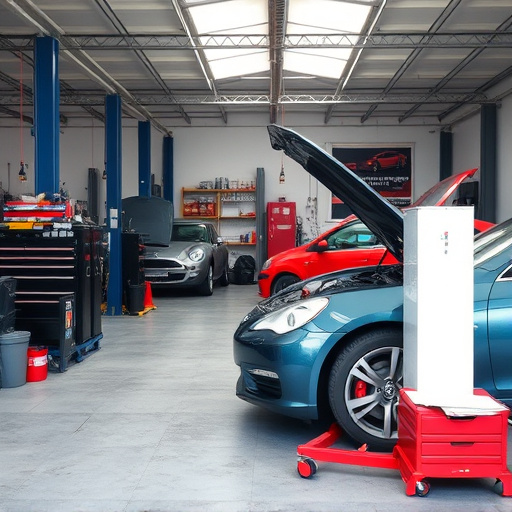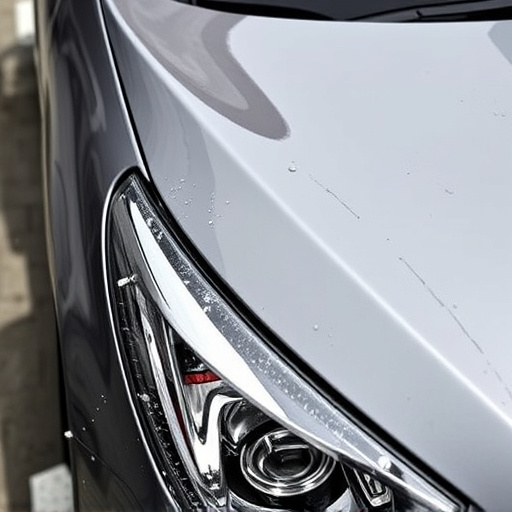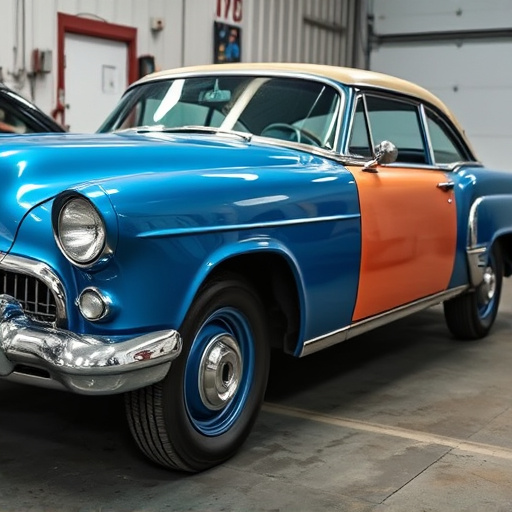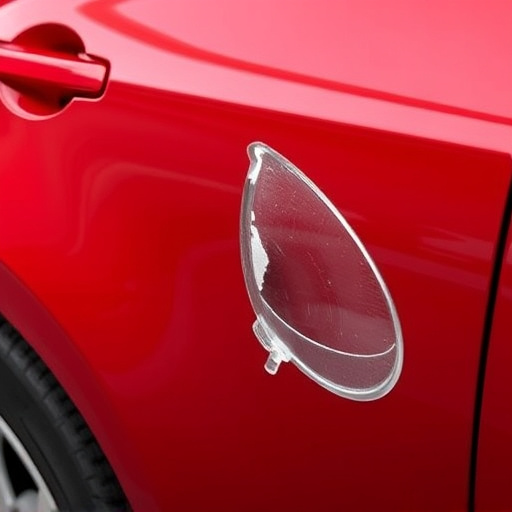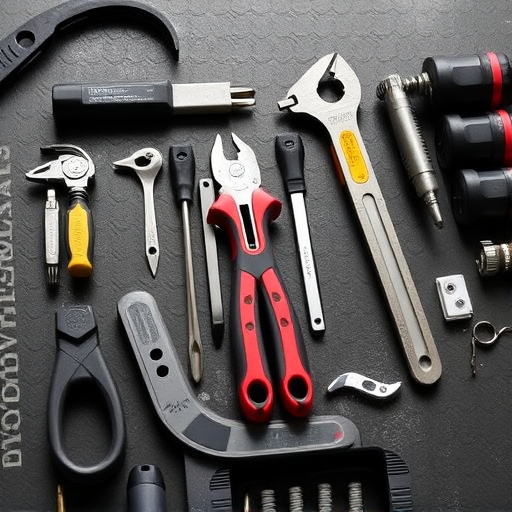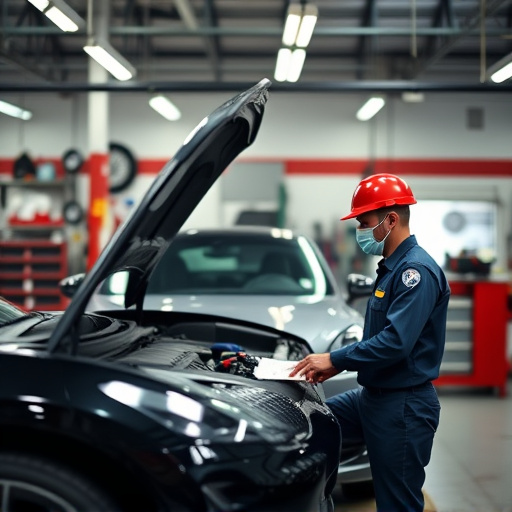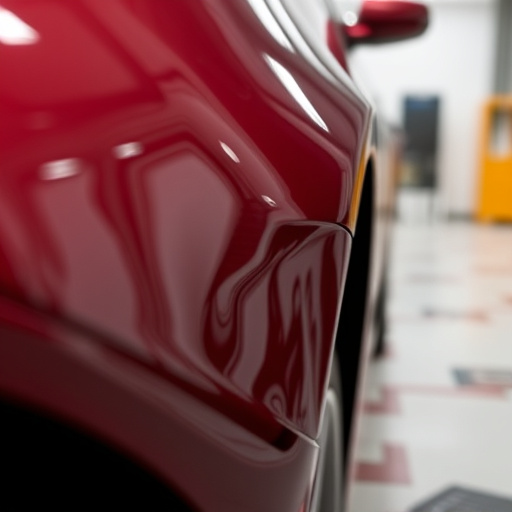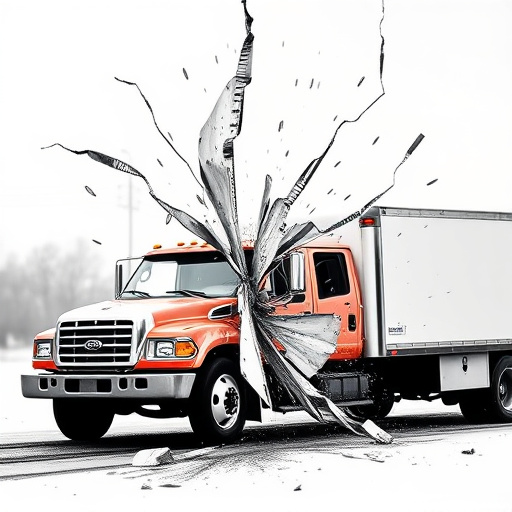The global automotive repair industry features diverse PDR certification standards influenced by regional factors and consumer needs, with each area setting its own criteria. Securing PDR certification requires understanding local regulations, specific training, practical assessments, and insurance guidelines. "Navigating PDR Certification" offers a guide to help prospective car paint repair specialists navigate the process, emphasizing regional variation and the importance of choosing reputable education programs for luxury vehicle repairs.
“Uncover the intricacies of PDR (Paintless Dent Repair) certification across diverse regions in this comprehensive guide. Understanding state-specific requirements is pivotal for professionals aiming to master PDR. From varying standards to unique certifications, we demystify the path to becoming a certified PDR technician. This article offers an in-depth look at how to navigate and excel in this automotive industry niche, ensuring compliance with regional regulations and enhancing career prospects through PDR certification.”
- Understanding PDR Certification Standards Across Regions
- State-Specific Requirements for PDR Certification
- Navigating the Path to PDR Certification: A Comprehensive Guide
Understanding PDR Certification Standards Across Regions

Understanding PDR Certification Standards Across Regions
The landscape of automotive repair certification varies significantly across states and regions, with each having its own set of standards and requirements for PDR (Paintless Damage Repair) certification. This heterogeneity reflects local market conditions, consumer protection regulations, and technological advancements in vehicle body repair. For instance, some states may have stringent requirements focusing on safety and environmental impact, while others might prioritize accessibility and cost-effectiveness.
PDR certification involves a range of skills, including proper training in techniques like plastic deformation, adhesion, and restoration to ensure minimal paint damage during repairs. Vehicle owners looking for quality car scratch repair or car body repair services should research the specific certification standards in their region. Understanding these requirements ensures that certified technicians are equipped with the necessary expertise to perform top-notch vehicle repair services using cutting-edge methods, such as PDR techniques, to restore their vehicles’ appearance without extensive painting or expensive body shop visits.
State-Specific Requirements for PDR Certification

When pursuing PDR certification, it’s crucial to understand that requirements vary from state to state or region to region. This means that auto glass repair and scratch repair technicians aiming for industry recognition must tailor their preparation accordingly. Each area may have its own set of regulations and standards dictating the training, education, and experience needed to obtain a PDR certification.
For instance, some regions might mandate specific courses or workshops focused on advanced techniques in collision center settings. Others could require practical examinations demonstrating mastery over various PDR procedures. Still, others may have unique criteria related to insurance guidelines or local business requirements. Staying informed about these state-specific demands is essential for ensuring a smooth path towards achieving your PDR certification.
Navigating the Path to PDR Certification: A Comprehensive Guide

Navigating the path to PDR certification involves understanding a series of steps and requirements that vary by state or region. This comprehensive guide is designed to help individuals aspiring to enter the luxury vehicle repair, particularly car paint repair, field gain clarity. The process typically begins with researching the specific regulations in your area, as standards for car damage repair can differ significantly from one jurisdiction to another.
Once you have a grasp of local requirements, the next step involves accumulating the necessary education and training. This may include specialized courses focusing on car paint repair techniques, understanding various types of car damage, and mastering the latest tools and technologies used in luxury vehicle repair. It’s essential to choose reputable programs that offer hands-on experience alongside theoretical knowledge to prepare you for real-world challenges in the car paint repair sector.
In understanding the diverse landscape of PDR certification requirements worldwide, it’s clear that each region has its unique standards. Whether you’re navigating state-specific regulations or seeking a comprehensive guide, achieving and maintaining PDR certification involves careful consideration and adherence to specific criteria. By staying informed about these requirements, professionals can ensure they meet the necessary standards, fostering confidence in their abilities and contributing to the overall quality of the industry.
